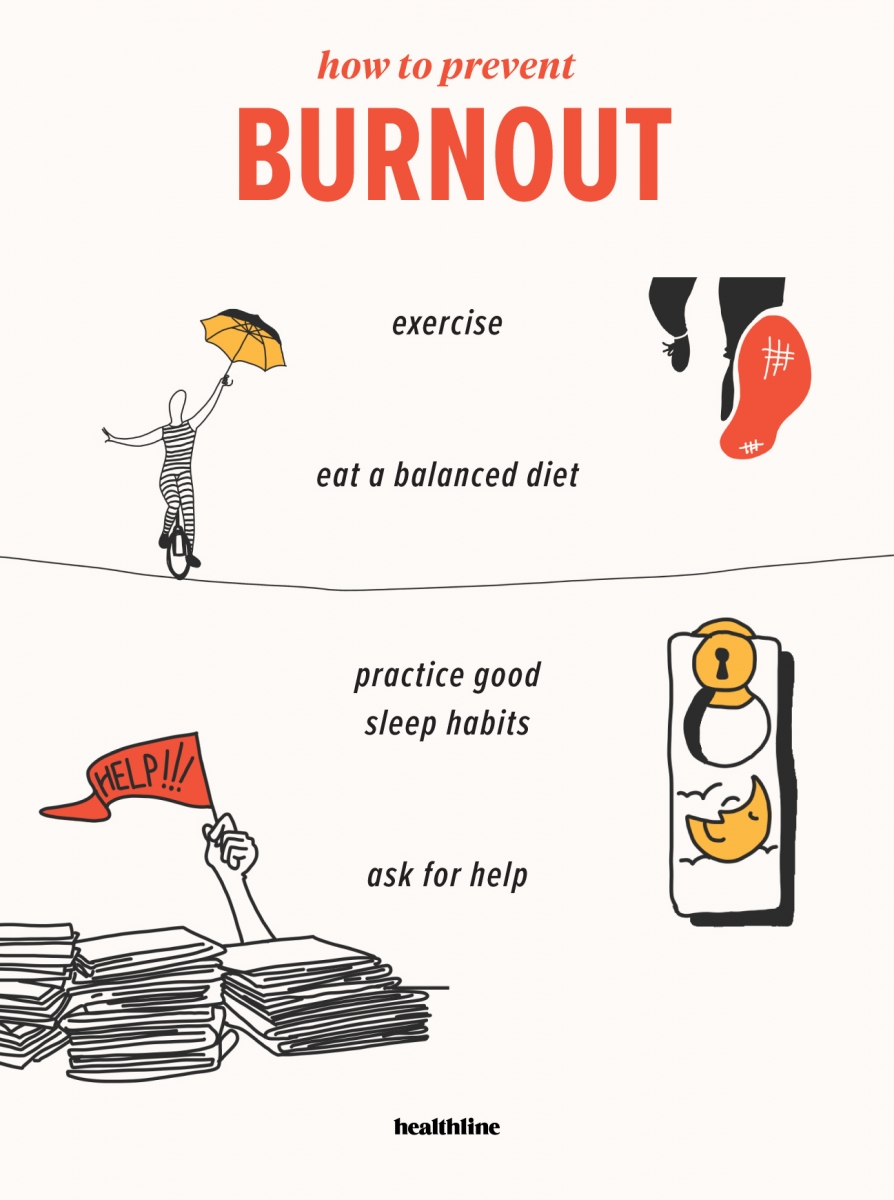While researching for a blog, one of the first things you do as a writer is have a rummage around Google. That’s because Google gives you a good idea of the specific things people research in regards to a particular topic. Decided this blog was going to discuss burnout, I entered ‘avoid burnout’.
One of the top Google suggestions?
‘To avoid burnout, work less’.
Ok….
But is it as simple as that?
What is Burnout?
Merriam-Webster dictionary describes burnout as:
‘Exhaustion of physical or emotional strength or motivation usually as a result of prolonged stress or frustration’
It’s a description that borrows its words from psychologist, Herbert Freudenberger.
Both the WHO and Mayo-clinic are clear that burnout is not classified as a health condition. Instead, it’s an “occupational phenomenon”. The root cause is chronic stress that hasn’t been managed well.
Pulling these descriptions apart, it’s open and shut that ongoing stress is the instigator. It’s also clear that the workplace is a place of notability and that the fall-out is… not something to look forward to.
According to Psychologist Christina Maslach, professor at UC Berkeley, we’re talking about exhaustion, cynicism and inefficacy as its main symptoms.
4, 5 or 12 Stages of Burnout
Depending on your source, you may find 4, 5 or even 12 stages of burnout. What it tells us, more than anything, is that you don’t just one day wake up with ‘burnout’, like you do with a cold. Burnout eats its way in. Slowly. It’s a sneaky process; one we eagerly argue away.
Until you can’t ignore it.
While it’s definitely not the only model, Veninga and Spradley’s (1981) offers an insight in to the 5 stages of job burnout. It’s a perfect tool to do an armchair assessment of the intensity of your current burnout risk.
Honeymoon phase: All is merry. We feel positive, committed, creative and energised. Our job satisfaction is high. We may have occasional moments of stress, but nothing out of the ordinary.
Onset of stress: Sometimes things aren’t quite so easy. Irritability, anxiety, fatigue and forgetfulness are creeping in.
Chronic stress: ‘Sometimes’ turns into pretty much ‘all the time’. Symptoms are turning it up a notch: procrastination, persistent tiredness, anger, exhaustion, escape into alcohol consumption, social withdrawal.
Burnout: The wheels are coming off. Whether your body has gone in complete physical shutdown or you’re plagued by full-blown panic attacks, there is no more pretending all is well. This is the stage we usually refer to when we say ‘somebody has a burnout’.
Habitual burnout: The feelings of burnout have found a permanent spot in your life. Chronic sadness and depression are a fact.
Putting the Burnout to Rest - Forever
Burnout is an uninvited guest. The concerning thing is that our generation is finding out about burnout on a big scale. Nobody is immune to it. But as much as it comes knocking without asking for your permission, there’s hope on the horizon.
When asked what to do to climb out of the burnout hole, the answer you often get is along the lines of ‘practice mindfulness’, ‘set clear boundaries’, ‘eat healthy food’, ‘exercise’, ‘ask for help’ and ‘practice good sleep habits’. All true and useful, undisputedly.
But it still dabbles around the real culprit.
What’s really at the core of burnout is a disconnect between what your inner voice tells you and what you (or the world around you) tells you. It’s a sad reality that working 12 hour days six days a week is often seen as something to wear as a badge of honour. ‘Immediately’, ‘perfect’ and ‘achievement’ are hero-words. At the same time, our best isn’t good enough. As a result, we’re willing to go all the way to the abyss to be perceived as successful.
Reality is that there’s nothing noble about being in total sacrifice. Indeed, to serve others, you must take care of yourself first. Mental health may still have an air of taboo around it, but ultimately the road to recovery is a brave inward journey that dives head-first into self-awareness and putting yourself in control.
Of course, this is not an easy task and definitely not something you can accomplish overnight. But it’s a necessary quest if you want to avoid hitting the wall and crashing again in the future. After all, it’s easier to prevent burnout than to fix it.
 Image Courtesy of https://www.healthline.com/
Image Courtesy of https://www.healthline.com/
The COVID-19 Manifestation Nobody’s Talking About
Even before COVID-19 decided to hassle the world, stress in the workplace was having a good go at it. The last two years alone showed an increase of 23.5% in work related stress according to the 2019 Workplace Wellness Report by Business NZ and Southern Cross Health Society.
Throw the prolonged 2020 upheaval in the mix and you have a perfect storm for a sharp rise in burnouts. Overseas figures talk about as much as 70% of employees.
While there is nothing within our power when it comes to pesky viruses, there are a few things you can do to avoid burnout, both as an employer and an employee.
Here are some helpful tips to avoid burnout during the COVID-19 pandemic:
- Acknowledge that work right now is not business as usual. Not even in New Zealand.
- Establish firm work/life boundaries, especially when working from home.
- Allow for flexibility and set priorities, both as an employer and as an employee.
- Remember that your best is good enough.
- Speak up before it becomes a problem that can no longer be ignored.
- And last but not least: Be kind to yourself and to others. The pandemic is rough on everybody.
*Image courtesy of zenefits.com